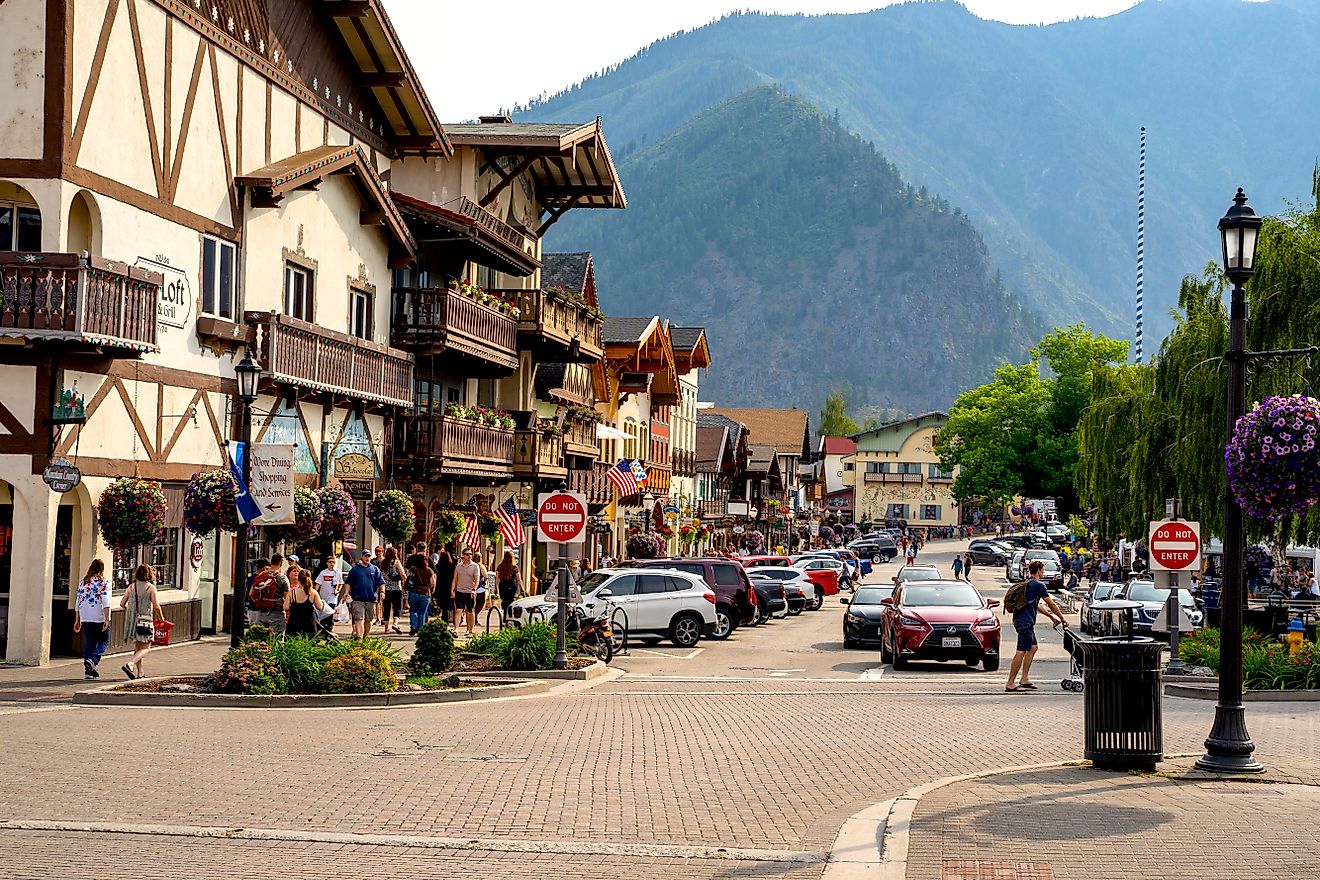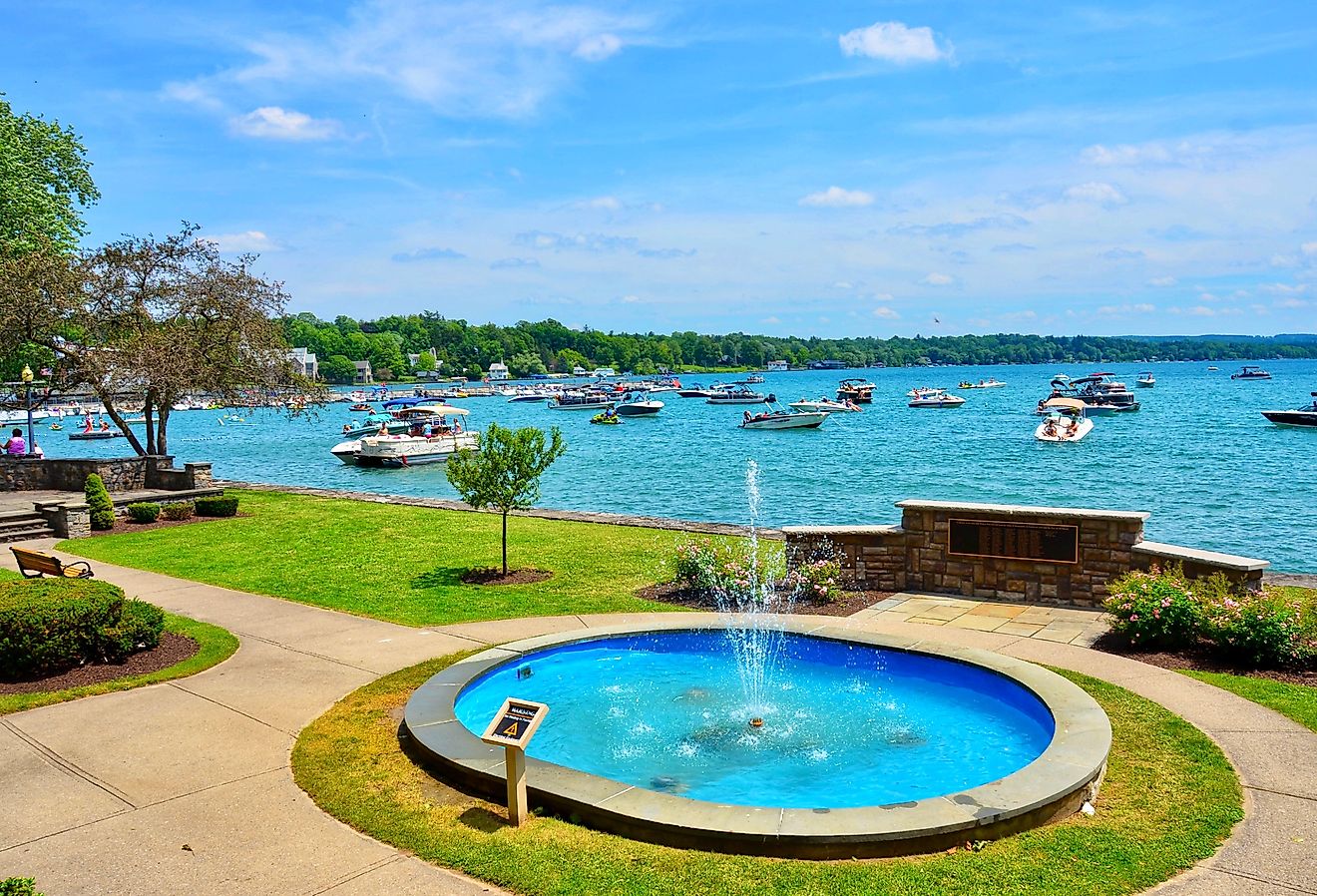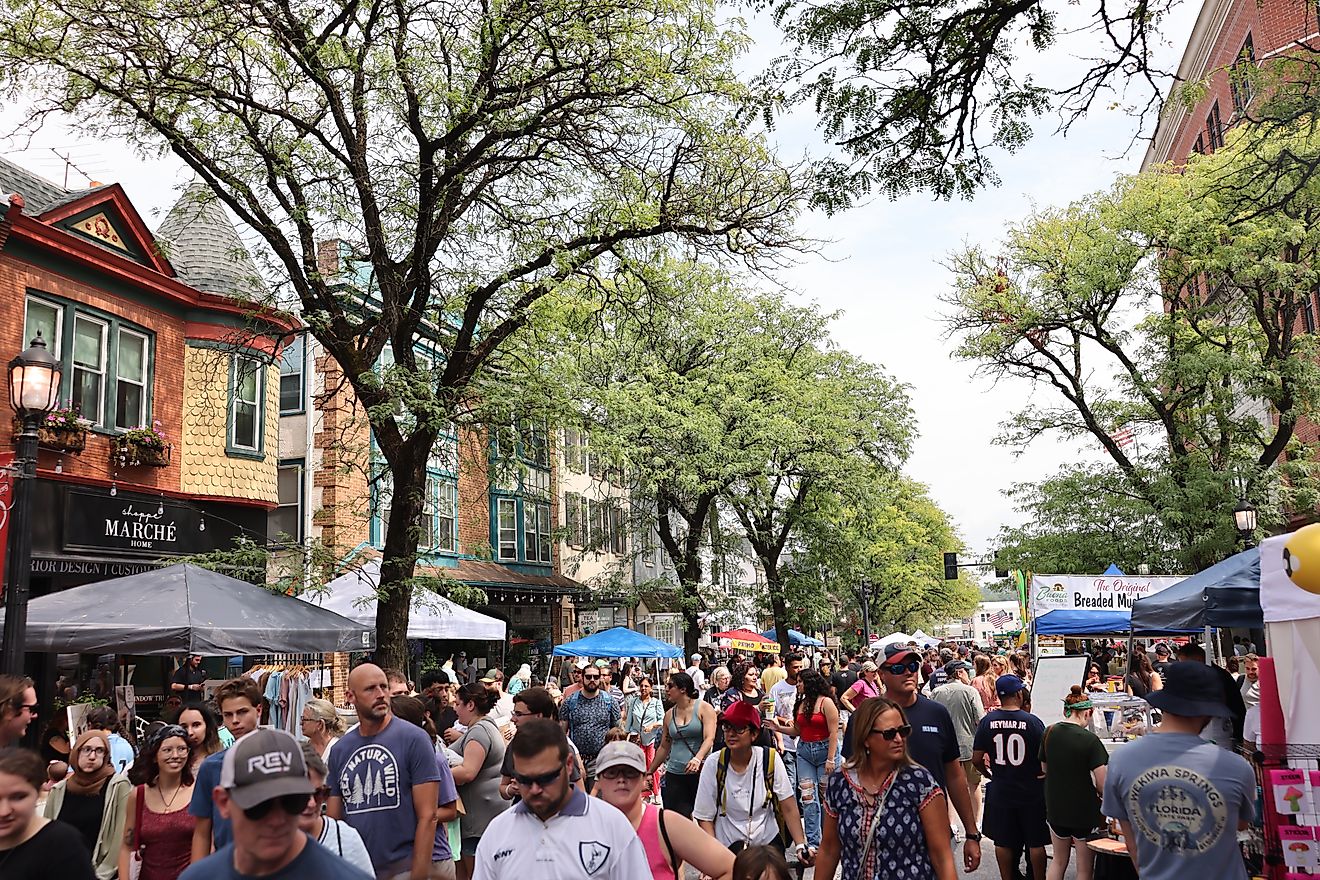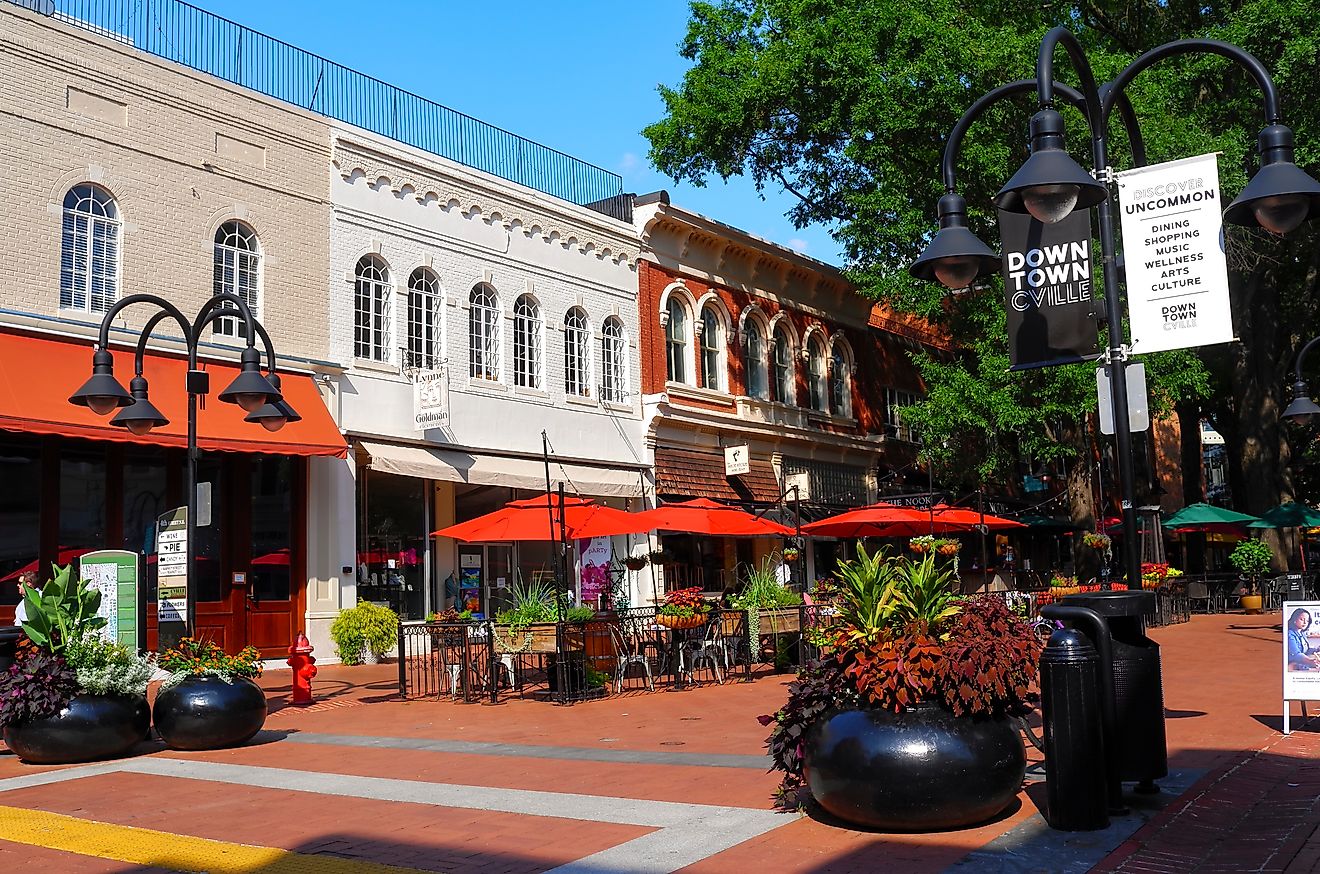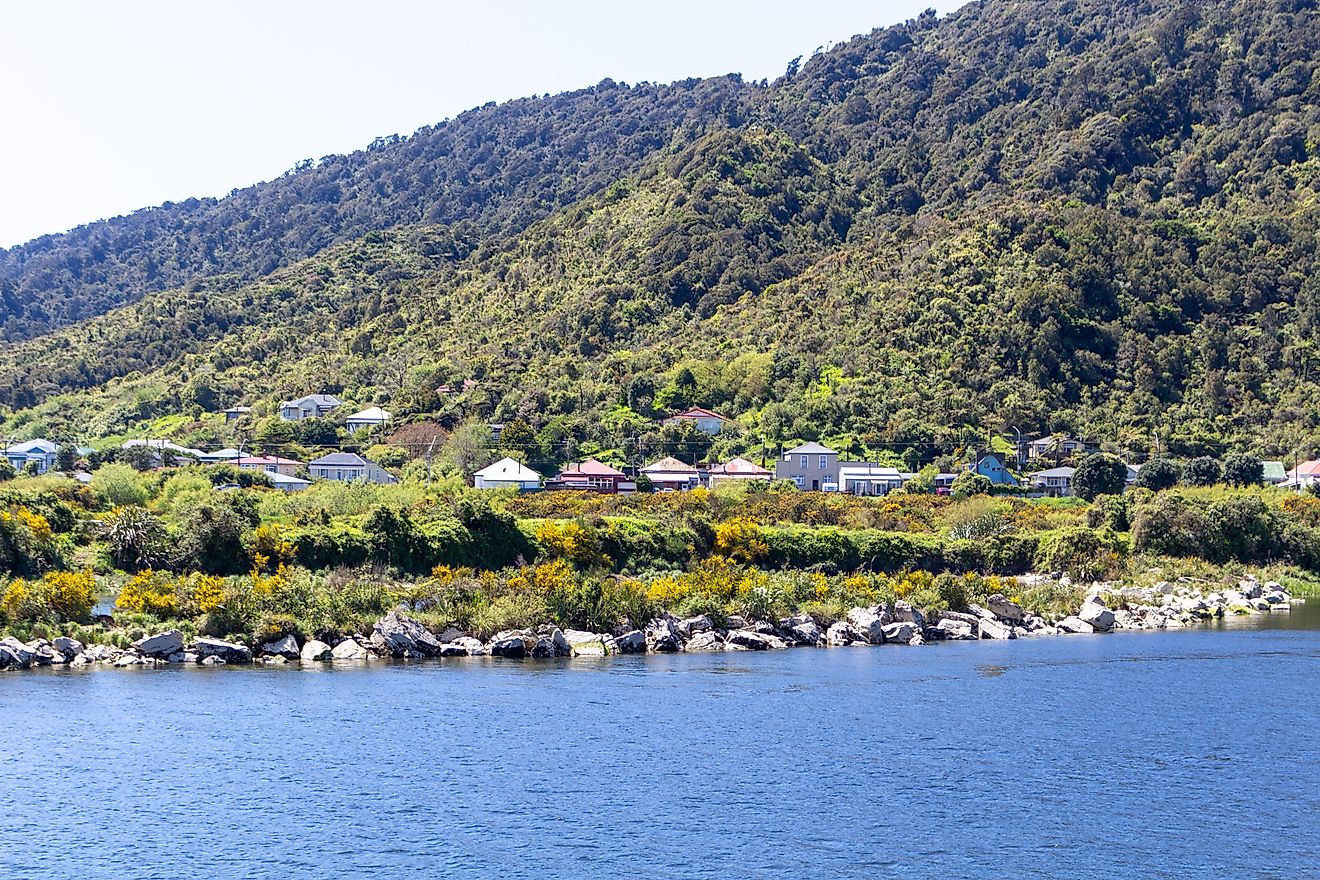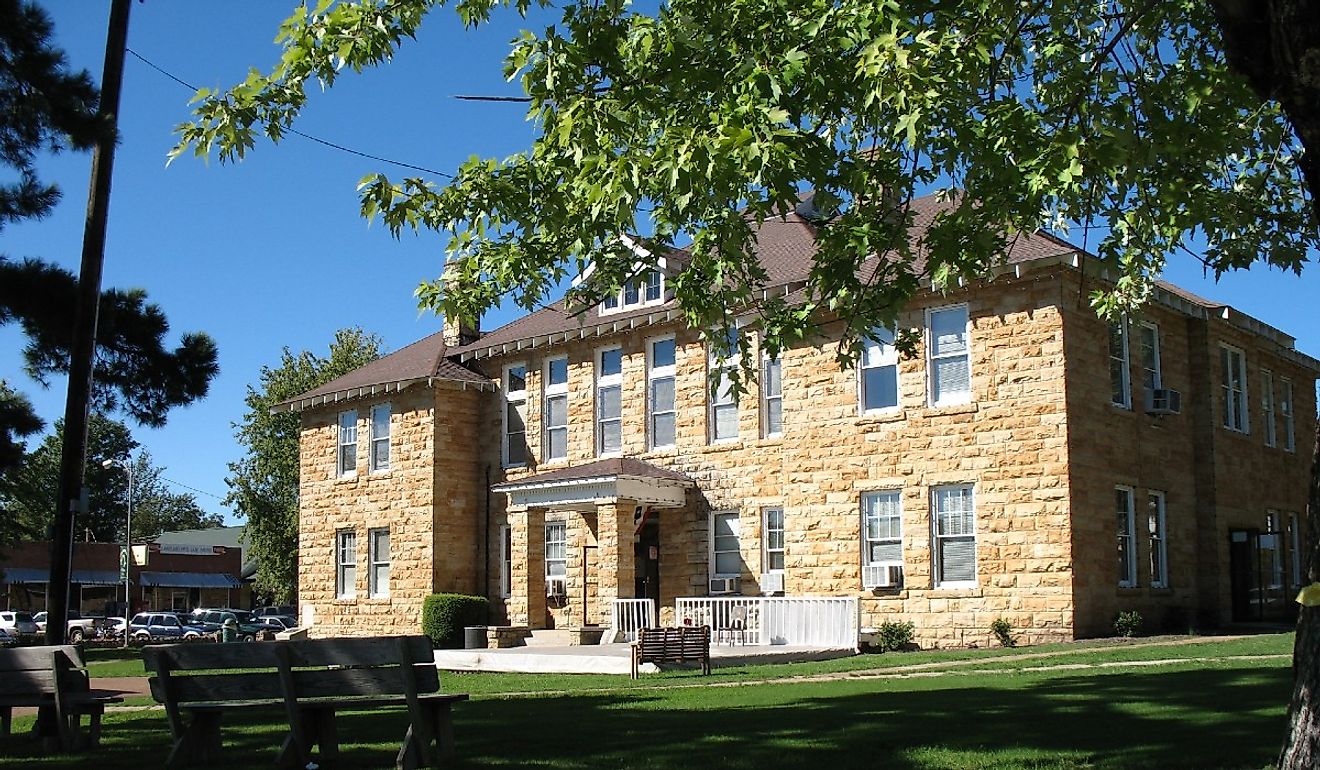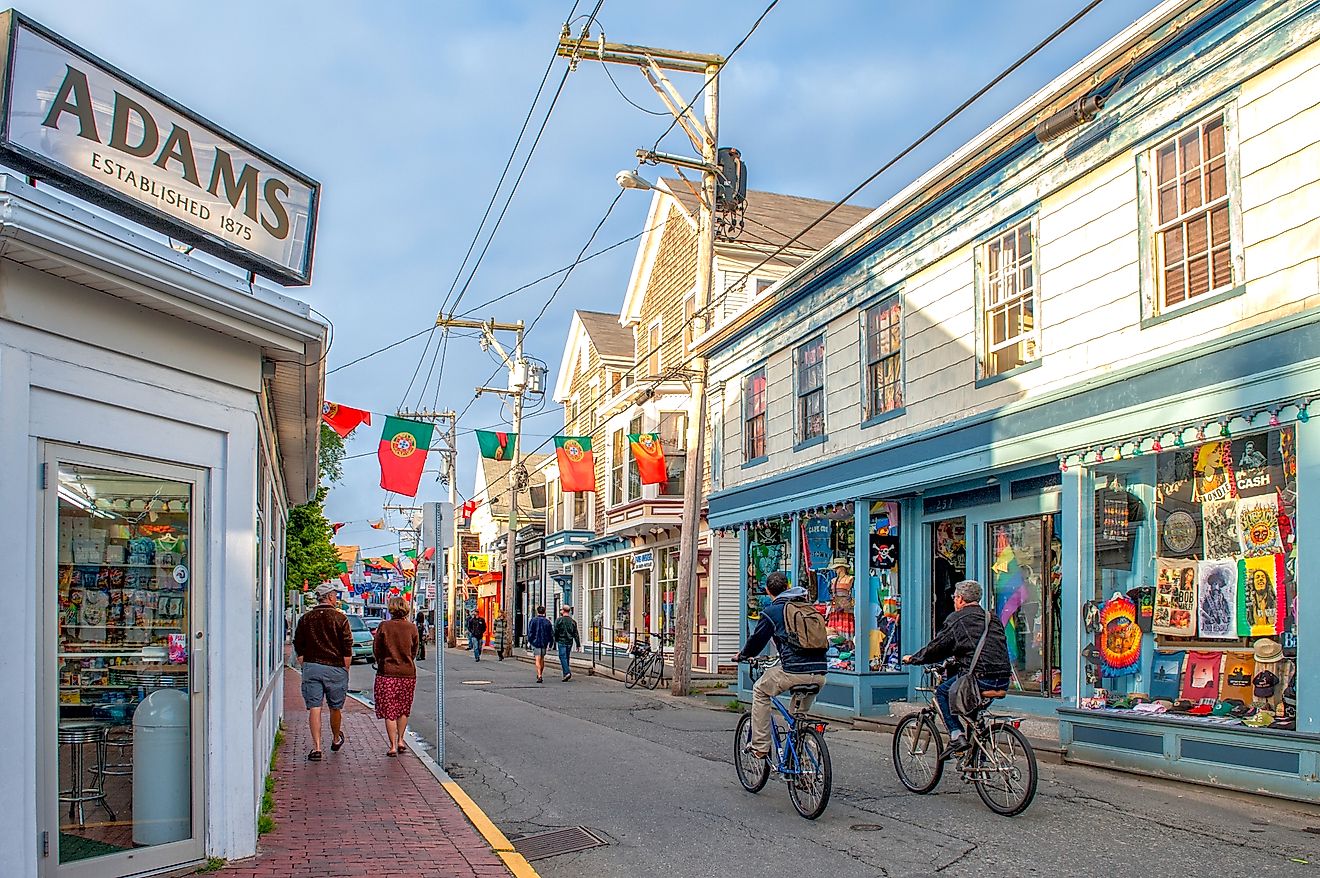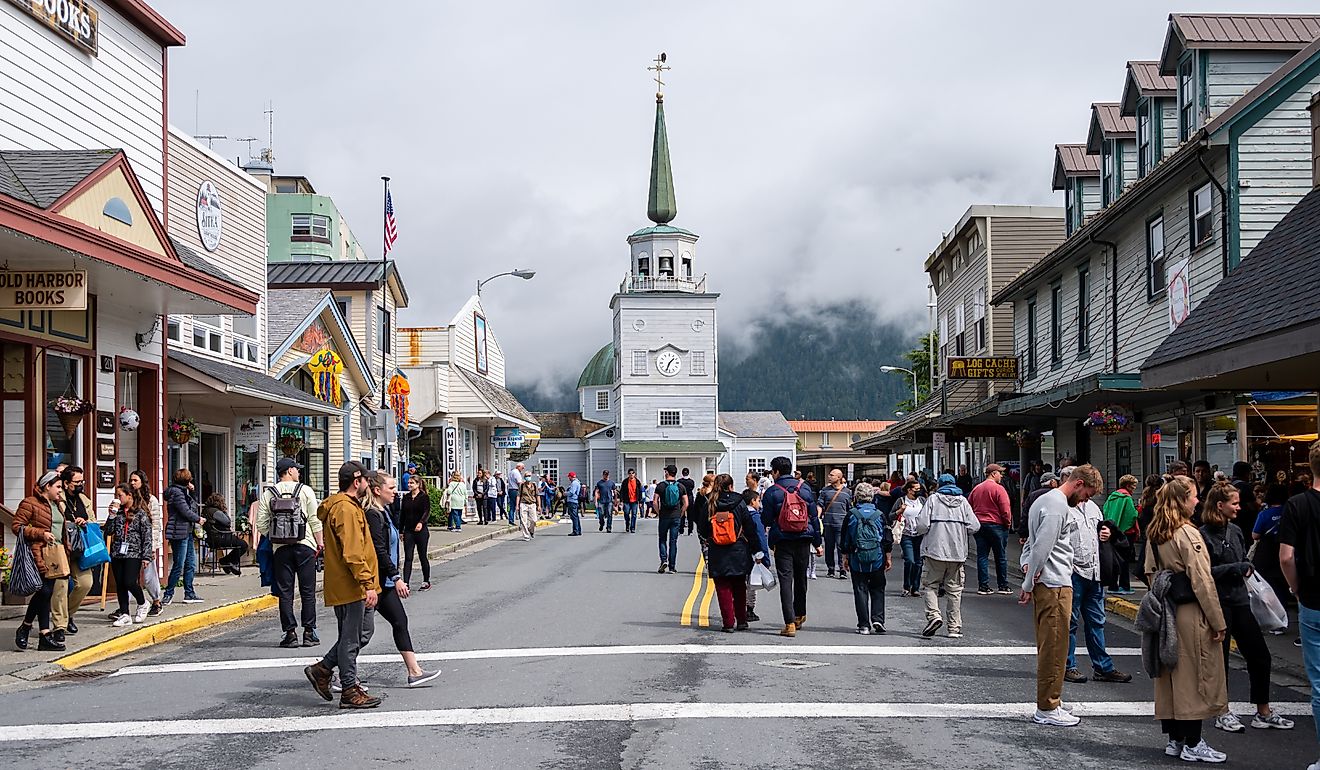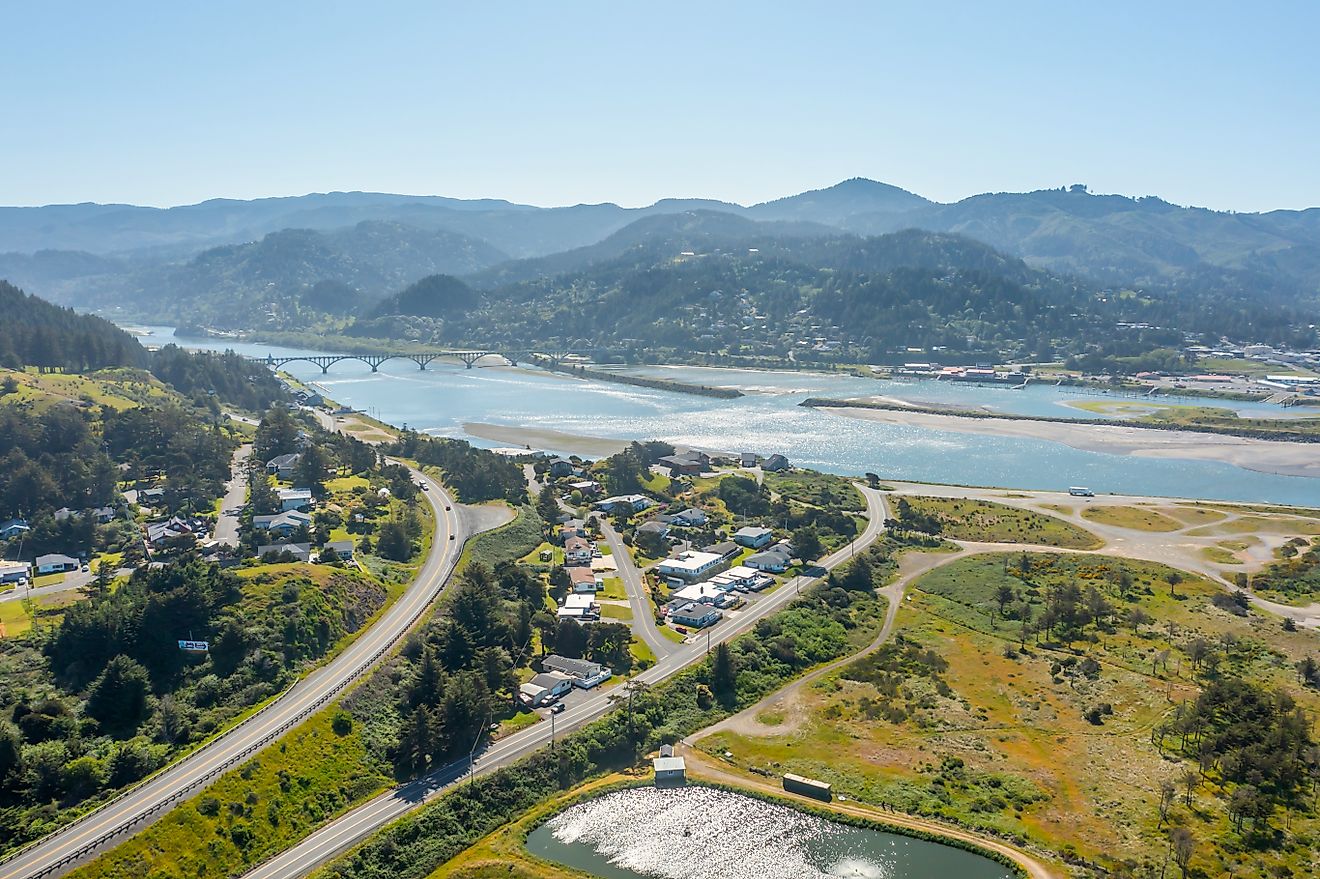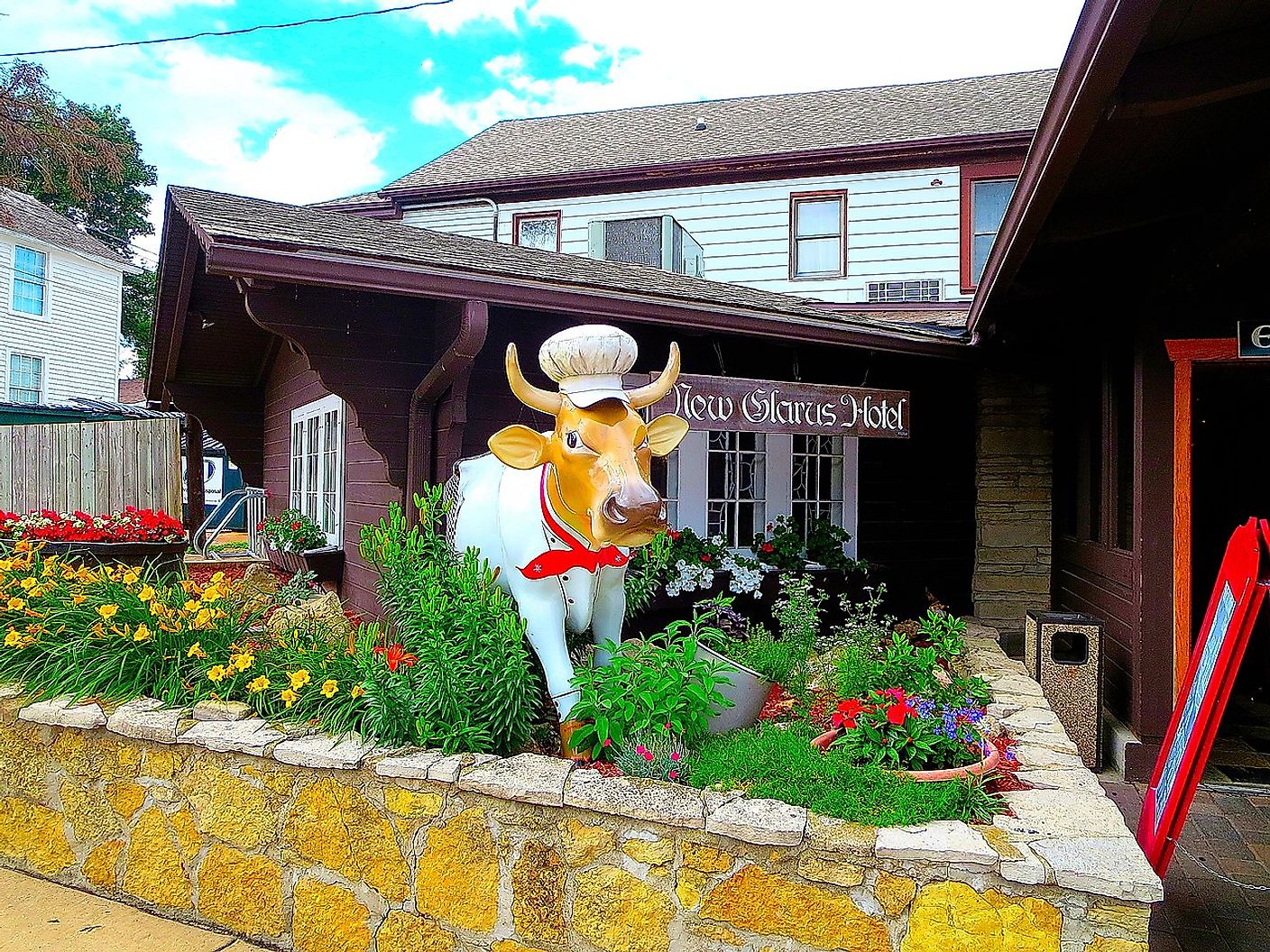
9 Quirkiest Wisconsin Towns You Didn't Know Existed
Cheese, farmland, and Packers fans may dominate Wisconsin’s headlines, but a lesser-known side of the Badger State teems with playful eccentricities that defy every cliché. Away from the popular lakes and dairy barns lies a network of small towns marching to their own distinctive beat, towns that revel in troll statues, cling to steep river bluffs, and host weekly markets brimming with idiosyncratic treasures.
In this article, we’ll spotlight nine offbeat communities that rewrite the usual Midwest narrative, each flaunting a unique quirk, from hanging onto a historic ferry crossing to preserving a surprising "dry town" legacy for over a century. Ready to trade rolling fields for troll-laden streets and quaint chapels for cliffside panoramas? Let’s uncover the quirkiest Wisconsin towns you didn’t know existed.
Stockholm
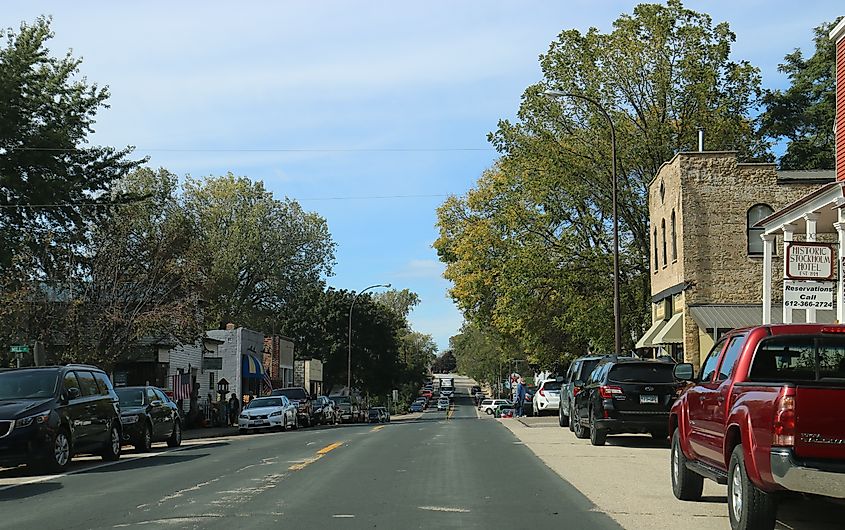
Stockholm sits gracefully on the banks of Lake Pepin in Pepin County. With a population hovering around 70, its vibrant artistic community contrasts sharply with its small size. This locality was founded in 1854 by immigrants from Sweden and has retained a distinct Scandinavian influence, evident in local crafts and cultural celebrations. Its remarkable attraction is the annual Stockholm Art Fair, drawing artists and enthusiasts from across the region to celebrate local and regional creativity.

The Stockholm Pie and General Store is renowned for its wide array of pies, recognized nationally by publications such as Gourmet Magazine. For dining, Humble Moon Folkstead and Saloon offers delicious comfort food not to be missed. Art aficionados can explore the Abode Gallery and Stockholm Pottery for unique local crafts. The nearby Maiden Rock Winery and Cidery provides an opportunity to taste regional wines and ciders, showcasing the rich agricultural heritage of the Upper Mississippi River region.
Mineral Point
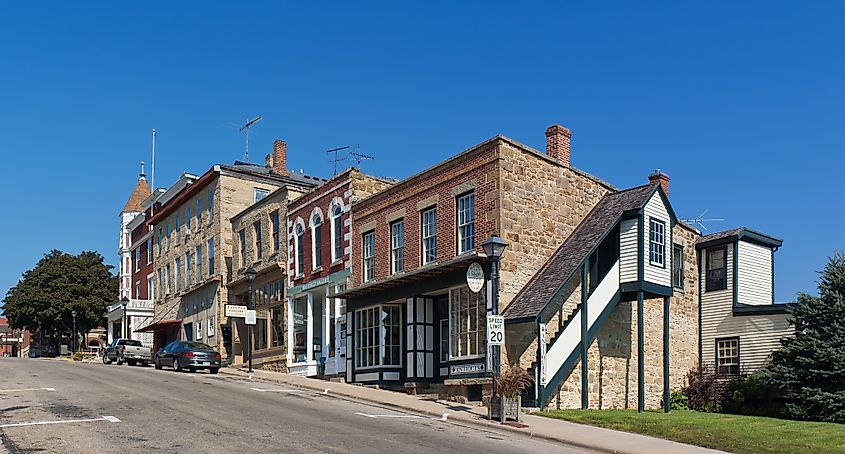
Mineral Point, located in Iowa County, stands as one of Wisconsin's oldest towns, established in 1827 during the early lead mining boom. It distinguished itself by the significant influence of Cornish miners who settled there, leaving a lasting legacy visible in the town's architecture and cultural festivals. Mineral Point was one of the first Wisconsin towns to be listed on the National Register of Historic Places, emphasizing its well-preserved 19th-century buildings.
Visitors to Mineral Point can delve into its rich history at Pendarvis, a historic site that explores the lives of Cornish miners and their contributions to the area. The town boasts a variety of artisan shops such as Brewery Pottery and Longbranch Gallery, where local craftspeople sell their work. For dining, the Red Rooster Café offers a taste of local cuisine, while the Walker House serves traditional Cornish pasties, a nod to the town’s roots. The Mineral Point Opera House, restored to its 1915 grandeur, hosts a range of cultural events from live performances to film screenings, further enriching the visitor experience.
Ephraim
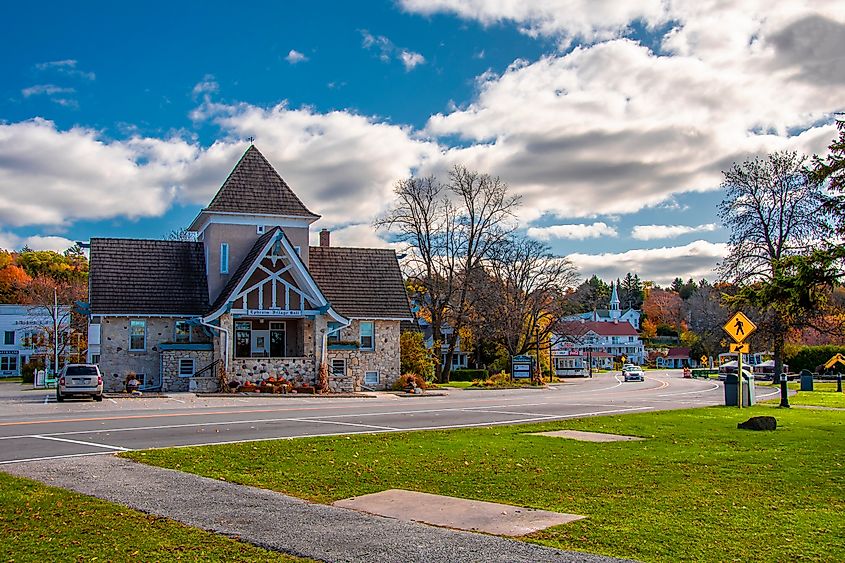
Ephraim, founded in 1853 by Norwegian Moravians in Door County, encapsulates a unique cultural heritage, evidenced by its preservation of historic buildings and a longstanding alcohol prohibition that only ended in 2016. This village, with its distinctive white buildings and steeples, reflects the community's commitment to maintaining its original Moravian charm, making it a standout historical enclave in Wisconsin. Ephraim's status as a formerly dry town contributes to its quirky reputation, juxtaposed with its picturesque setting along the shores of Green Bay.
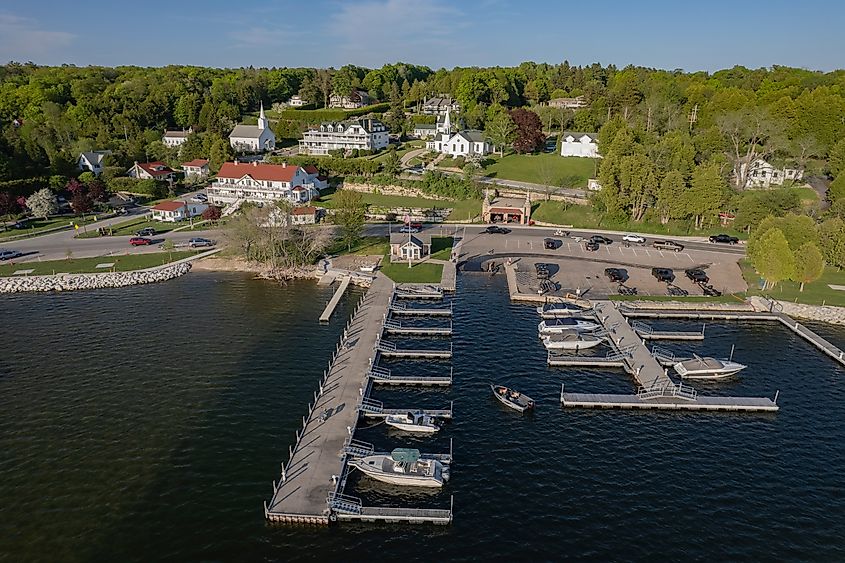
The Anderson Dock, home to the iconic Hardy Gallery, showcases regional art inside a historic boathouse covered in graffiti from visiting boats. For dining, Wilson’s Restaurant and Ice Cream Parlor offers a nostalgic experience with its classic American fare and old-fashioned ice cream sodas. The Ephraim Historical Foundation offers guided tours of the village's historical sites, including the Iverson House and Moravian Church.
Mount Horeb
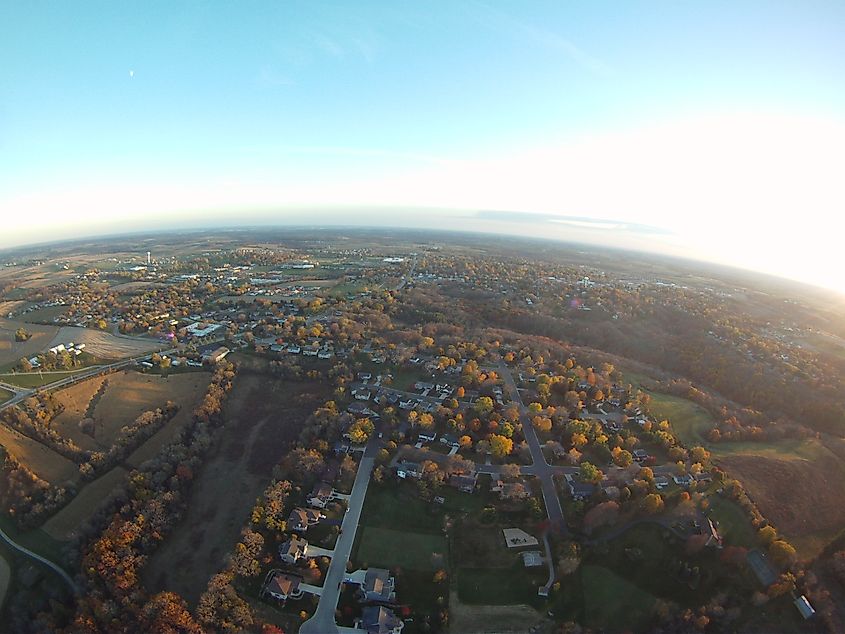
Mount Horeb, situated in Dane County, is distinctively known as the "Troll Capital of the World," a title derived from its extensive collection of troll sculptures lining the main street, the "Trollway." This unique theme originates from the town's Norwegian heritage and has become an integral part of its identity, attracting visitors intrigued by its whimsical charm. The trolls serve not only as a nod to Scandinavian folklore but also as a public art display.
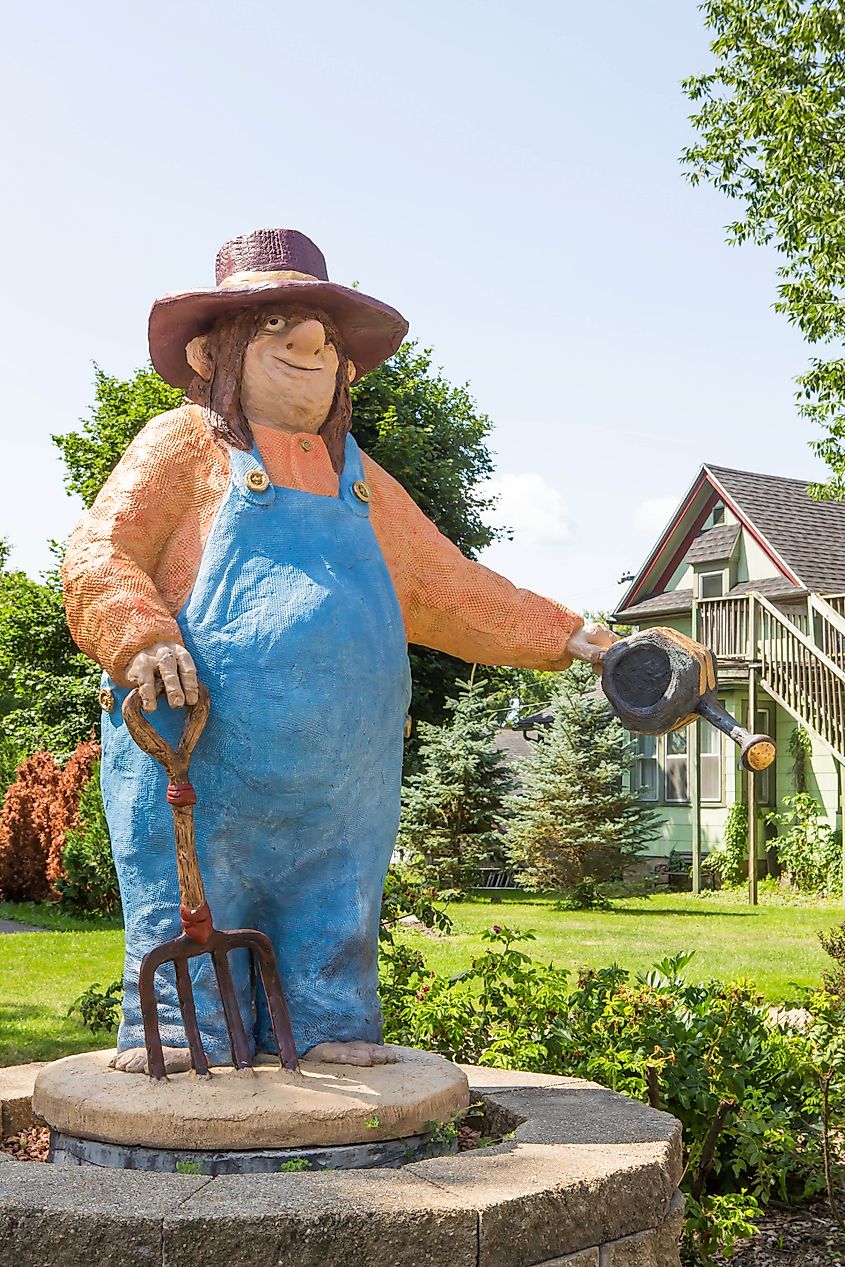
Visitors to Mount Horeb can delve into the town’s heritage at the Driftless Historium, a museum that offers insights into the region's glacial history and cultural evolution. Dining options include the Grumpy Troll Brew Pub, which features locally brewed beer and a menu that highlights regional cuisine. For shopping, Open House Imports provides a selection of Scandinavian goods ranging from clothing to decorative items. Outdoor enthusiasts can explore the Military Ridge State Trail, a 40-mile path that runs through the heart of Mount Horeb, offering biking, hiking, and stunning views of the rural landscape.
Washburn
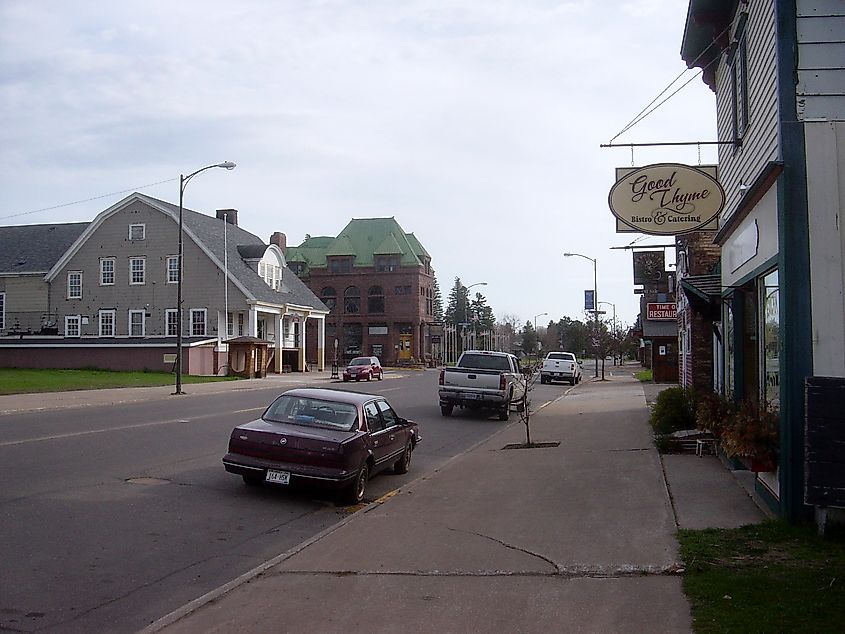
Established in the late 19th century, Washburn's early economy was heavily influenced by the logging and brownstone quarrying industries. The unique local brownstone, used in building construction across the country, is a defining feature of Washburn's architectural heritage. This connection to the past is still visible in many of its historical buildings, making it a point of interest for visitors looking for a glimpse into the area's industrial era.
In terms of attractions, Washburn offers a variety of activities that reflect both its natural environment and its cultural heritage. The Washburn Cultural Center, housed in a former bank building made of local brownstone, hosts art exhibits and cultural events, showcasing local and regional talents. For dining, Patsy’s Bar & Grill and the Coco Artisan Breads and Fine Pastries offer local flavors with a focus on regional ingredients. Outdoor enthusiasts can explore the extensive trails at Big Bay State Park, ideal for hiking and bird watching, while the nearby Bayfield Peninsula provides ample opportunities for kayaking and sailing on Lake Superior.
Cassville
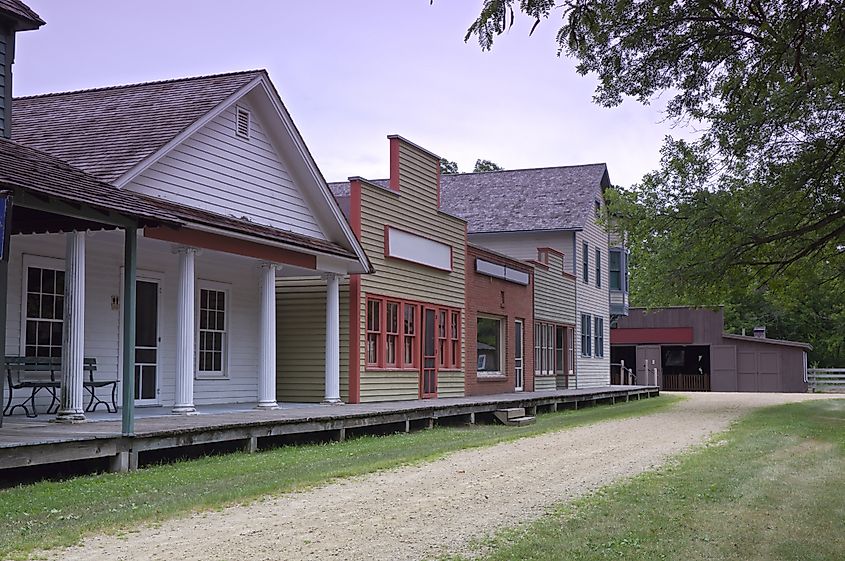
Cassville, located in Grant County along the banks of the Mississippi River, is marked by its historical significance and the Cassville Ferry, one of the few remaining river ferries in Wisconsin. This small town, established in 1827, was once considered for the capital of the Wisconsin Territory due to its strategic location and economic potential. The ferry itself is a key feature, connecting Cassville to Iowa across the river, and serves as a living remnant of the area's vibrant river culture. This element alone sets Cassville apart, offering a rare glimpse into transportation modes that once were pivotal in the Upper Midwest.

For those visiting Cassville, the Stonefield Historic Site is a must-see. It includes a restored 1900s village and the Governor Nelson Dewey Home, providing insights into agricultural and social history of the area. Dining options include the J&J Sand Bar Lounge & Lanes, where visitors can enjoy delicious American meal. Outdoor activities abound with nearby Nelson Dewey State Park, offering camping, hiking, and bird-watching opportunities, showcasing the natural beauty of the Mississippi River bluffs.
New Glarus
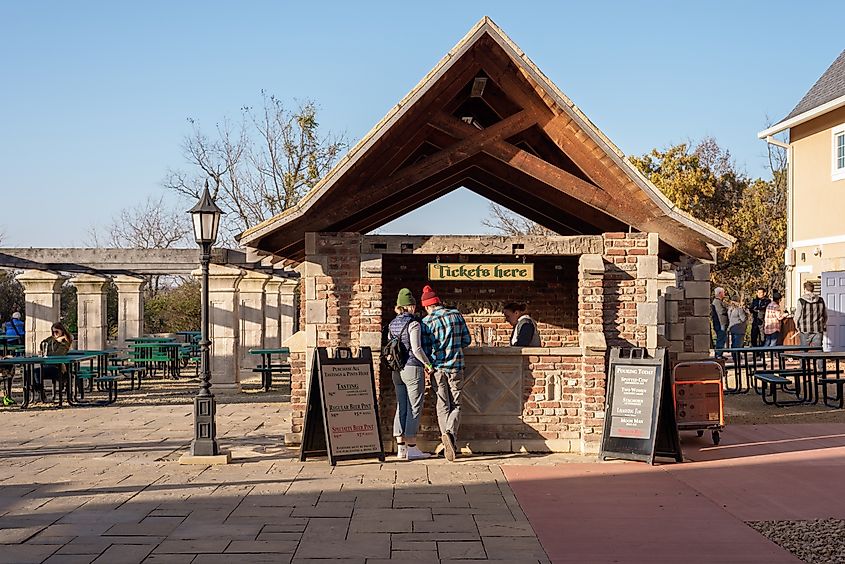
New Glarus, often referred to as "America's Little Switzerland," is situated in Green County, Wisconsin. This town was established in 1845 by Swiss immigrants, and it meticulously preserves and celebrates its Swiss heritage. Distinctively, New Glarus is a beacon of Swiss culture in the Midwest, complete with traditional architecture, folklore, and annual festivals like the Wilhelm Tell Festival and Polkafest.
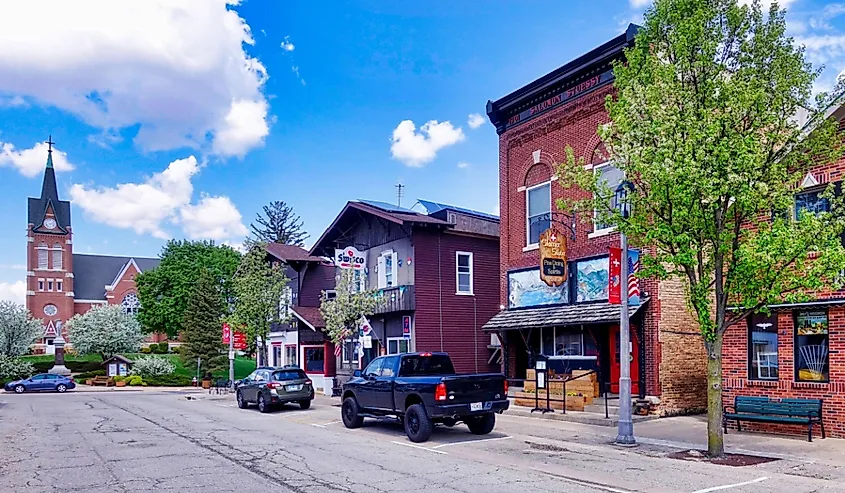
Visitors to New Glarus can explore the Swiss Historical Village & Museum, which provides a detailed portrayal of the early Swiss settlers' lifestyle. For dining, the Glarner Stube offers traditional Swiss dishes, including fondue and sausages, in a setting that feels like a visit to Switzerland. Additionally, the New Glarus Brewing Company is a destination itself, known for its Spotted Cow beer among other craft brews, offering tours and tastings. For outdoor activities, the Sugar River State Trail offers miles of scenic biking and hiking paths.
Alma

Alma, Wisconsin, perched along the Mississippi River in Buffalo County, is noted for its dramatic setting on a narrow strip of land between river and bluff. This geographic quirk gives Alma its distinctive terraced layout, with buildings and streets adapting to the steep incline. Established in 1848, the town’s architecture and town planning reflect its adaptation to this challenging topography, making it a unique example of landscape-driven urban design. Alma’s motto, "Step into Living History," captures its preservation ethos and the feeling of stepping back in time amidst 19th-century buildings that line the streets.
For visitors, Alma offers a rich blend of cultural and natural attractions. The Wings Over Alma Nature & Art Center provides stunning river views and educational displays about local wildlife. Dining at Pier 4 Café & Smokehouse offers locally sourced dishes with scenic riverfront views. Cultural pursuits can be enjoyed at the Alma Area Museum, showcasing artifacts and stories from the town’s early days. For outdoor enthusiasts, Buena Vista Park offers the best vantage point for panoramic views of the river and surrounding bluffs, ideal for photographers and nature lovers alike.
Princeton
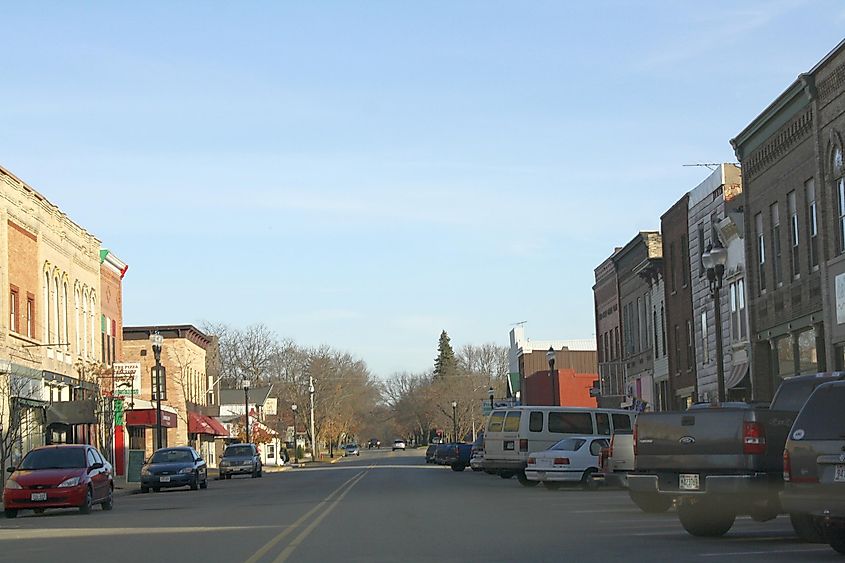
Princeton, located in Green Lake County, is renowned for hosting Wisconsin’s largest weekly outdoor flea market, a tradition that dates back over 40 years. This market, held every Saturday from spring through fall, transforms the town into a bustling hub for antiques, crafts, and local produce, attracting both tourists and residents from across the state. The presence of this market has imbued Princeton with a vibrant, eclectic atmosphere that distinguishes it from other small towns.
In addition to the flea market, Princeton offers a variety of attractions and dining options. For history enthusiasts, the Princeton Historical Society showcases exhibits on the town’s past, emphasizing its development and the influence of the market. Dining options include Molly's Buckhorn Bar and Grill, offering local Wisconsin cuisine with a focus on regional ingredients. For relaxation and recreation, visitors can explore the nearby Fox River, perfect for kayaking and fishing, providing a peaceful escape into nature. The town also features quaint shops like Twister, a popular choice for unique gifts and home décor.
These nine destinations reveal a side of Wisconsin often overshadowed by bigger cities. Spread across counties both inland and along Lake Superior and the Mississippi, they invite visitors to witness communities shaped by heritage, artistry, and creative spirit. With local specialties like fresh pies, iconic troll sculptures, and relics of a storied past, each stop promises encounters unlike any other in the Midwest. Planning your route might take time, but ultimately discovering these lesser-known gems is well worth the journey.

